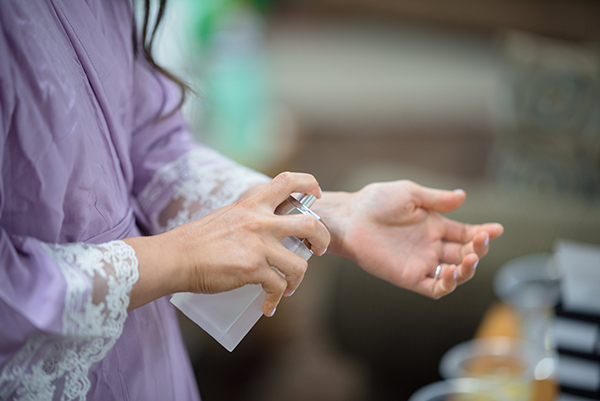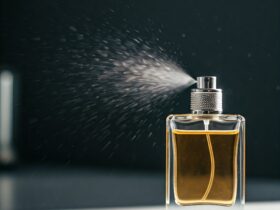“A fragrance may be fleeting, but its impact on our clothing can be lasting. Understanding the relationship between fragrances and fabrics is key to making the most of both.”
– annonymous
fragrances interact with different clothing fabrics in distinct ways, encompassing a range of processes such as absorption, evaporation, and chemical reactions. These interactions dictate how the fragrance permeates, lingers, and interacts with the fabric itself, shaping the overall scent experience. By understanding these multifaceted interactions, one can make informed choices when selecting fragrances and clothing fabrics, ensuring a harmonious and long-lasting combination.
Absorption is the process by which fabric retains fragrance molecules. Different fabrics exhibit varying levels of absorption. Natural fabrics such as silk and cotton have a greater capacity for absorbing fragrances compared to synthetic materials like polyester. As a result, individuals often choose natural fabrics when they desire a longer-lasting fragrance experience. The inherent absorbent nature of silk and cotton allows them to effectively capture and retain the fragrance molecules, enhancing the longevity of the scent on the fabric.
Evaporation is the process by which fragrance molecules gradually dissipate from the fabric. The rate of evaporation is influenced by the texture and porosity of the fabric. Fabrics with a softer and more porous nature, such as wool and cashmere, facilitate the escape of fragrance molecules, resulting in a quicker evaporation. On the other hand, stiffer and less porous fabrics like denim and leather tend to slow down the evaporation process, allowing the fragrance to linger for a longer duration. Understanding the evaporation characteristics of different fabrics can help in selecting the appropriate fragrance and fabric combination to achieve the desired scent longevity.
Chemical reactions between fragrance molecules and fabric fibers can result in various effects, such as discoloration, fading, or degradation of the fabric. It’s important to note that fragrances containing alcohol have the potential to weaken or dissolve specific synthetic fibers, while fragrances with potent oils or solvents may leave noticeable marks or stains on delicate fabrics like silk. Taking these factors into account can help preserve the quality and appearance of your fabrics when using fragrances.
In summary, fragrances have diverse interactions with clothing fabrics, including absorption, evaporation, and chemical reactions. Having an understanding of these interactions can assist you in making informed decisions when choosing fragrances and fabrics to wear, resulting in longer-lasting scents and clothing.
How do fragrances interact with different clothing fabrics?
How do fragrances interact with different clothing fabrics?, How do fragrances interact with different clothing fabrics?, How do fragrances interact with different clothing fabrics?, How do fragrances interact with different clothing fabrics?, How do fragrances interact with different clothing fabrics?, How do fragrances interact with different clothing fabrics?









Leave a Reply